T4K3.news
PICALM allele linked to microglial lipid changes
A new study connects a genetic risk variant to lipid droplet buildup in microglia and reduced debris clearance, suggesting a microglia centered route in Alzheimer's research.
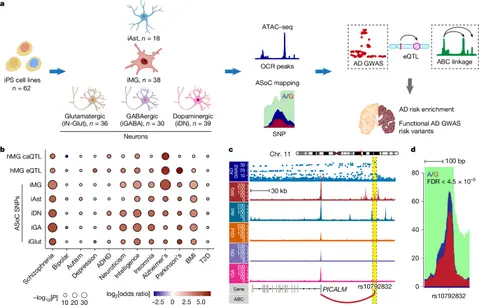
A study maps functional LOAD risk variants in iPSC-derived brain cells and links a PICALM allele to lipid droplet accumulation and impaired microglial clearance.
PICALM Alzheimer’s risk allele drives lipid droplet buildup in microglia
Researchers mapped functional LOAD risk variants by examining allele specific open chromatin across iPS cell derived neurons, astrocytes and microglia. They identified functional variants at 26 LOAD risk loci, with many effects confined to microglia. At the microglia specific PICALM locus, the risk allele rs10792832 reduced PU.1 binding and PICALM expression, impairing uptake of amyloid beta and myelin debris.
Microglia carrying the PICALM risk allele showed transcriptional enrichment of cholesterol synthesis and lipid droplet formation. Genetic and pharmacological perturbations established a causal link between reduced PICALM expression, lipid droplet accumulation and phagocytosis deficits, suggesting lipid droplet buildup as a mechanism of LOAD vulnerability at this locus.
Key Takeaways
"PICALM risk allele reduces PU.1 binding and PICALM expression in microglia"
Direct finding from allele-specific chromatin analysis and expression studies
"Lower PICALM links to lipid droplet buildup and phagocytosis deficits in microglia"
Mechanistic pathway connecting genetics to microglial function
"Cell type matters for understanding genetic risk in Alzheimer's"
Editorial takeaway on disease biology and research design
This study highlights cell type context as a key dimension in genetic risk. Many LOAD signals may act primarily in microglia rather than neurons, which could reshape how researchers target the disease.
Using iPSC models helps isolate mechanisms but raises questions about how well these cells mirror aging brains. Translating cellular findings into therapies will require careful work to avoid unintended effects on microglial function and brain lipid balance.
Highlights
- Microglia hold the key to the brain's hidden risk
- Lipids become the fingerprint of genetic risk in the brain
- Tiny genetic tweaks shift how the brain clears danger
- Cell type decides the tale of a gene's effect
The study opens a path toward targeting microglial lipids in Alzheimer's, but much work lies ahead.
Enjoyed this? Let your friends know!
Related News
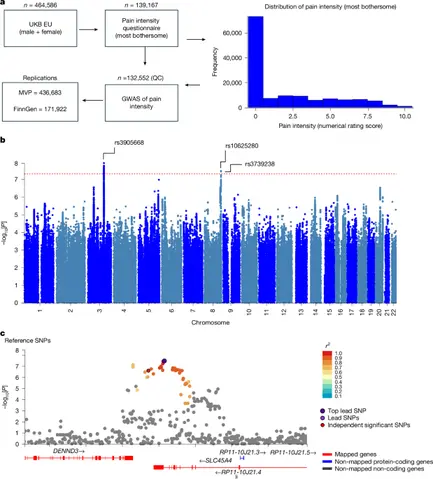
SLC45A4 and pain link discovered
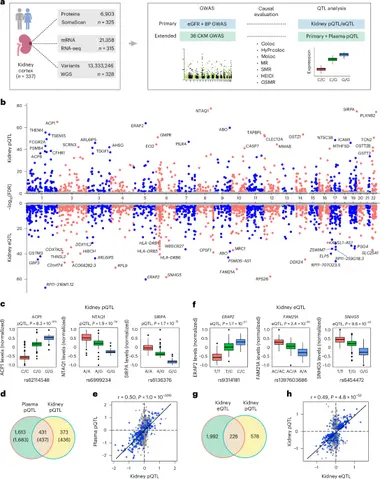
Kidney Proteomics Maps New Targets for CKM health

Omega-3 link to women's brain health explored
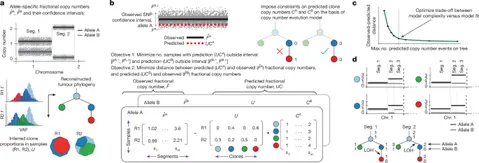
ALPACA reveals lineage driven copy-number evolution in lung cancer

Omega fats linked to women's dementia risk

New study hints at brain cholesterol link to Alzheimer’s

Omega gaps found in women with Alzheimer disease
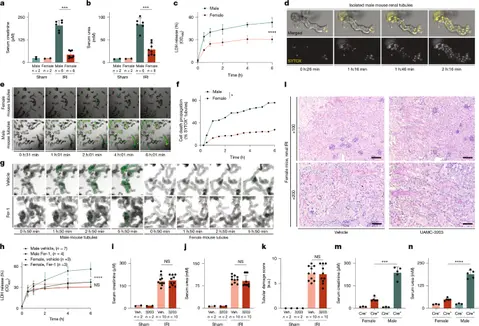
Estrogen protects kidneys from ferroptosis
